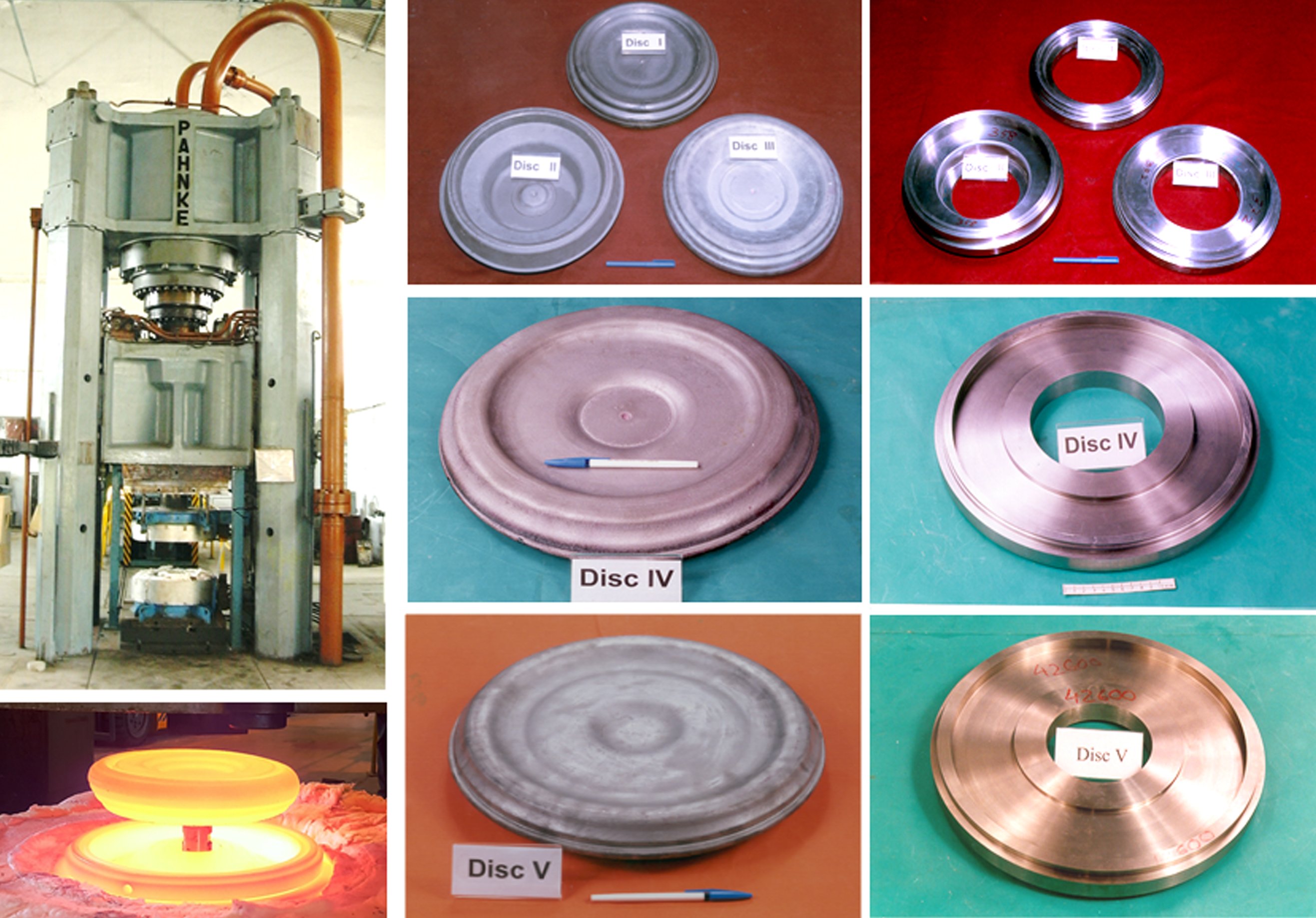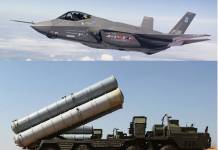The Indian DRDO has achieved a technological breakthrough in its efforts towards indigenizing aero engine manufacturing in the country.
“Defence Research and Development Organisation (DRDO) has established the near isothermal forging technology to produce all the five stages of high-pressure compressors (HPC) discs out of difficult-to-deform titanium alloy using its unique 2000 MT isothermal forge press,” the press release by the Indian ministry of defense said on Friday.
This is an important milestone in the development of indigenous technologies for the production and thermo-mechanical processing of high-temperature titanium alloys for aerospace applications, which DRDO is reaching along with MIDHANI and HAL.
Developed by the Defence Metallurgical Research Laboratory (DMRL) of DRDO, the statement said this is a crucial technology for establishing self-reliance in aero-engine technology.
With this development, India has joined the league of limited global engine developers to have the manufacturing capabilities of such critical aero-engine components, it added.
The HPC discs form a very important part of the jet engine, on which the compressor blades are mounted. These discs are mainly made from Titanium alloys which can withstand high temperature and pressure.
The discs must be very strong and free of even minute imperfections, which if present can develop into fractures under extreme stress during engine operation.
Isothermal forging is an advanced forging process employed to produce aerospace components with such properties. According to the defense ministry, DMRL developed this forging technology by integrating various science and knowledge-based tools.
“The methodology adopted by DMRL is generic in nature and can be tuned to develop other similar aero-engine components. The compressor discs produced using this methodology met all the requirements stipulated by the airworthiness agencies for the desired application. Accordingly, the technology was type certified and a letter of technical approval (LoTA) was accorded,” the ministry said.
DRDO’s Gas Turbine and Research Establishment (GTRE) has been working, in collaboration with other research labs, to design and develop India’s first fighter jet engine, Kaveri, but there has only been very limited success in the last three decades.
The country is yet to manufacture some of the most crucial components used in a jet engine and due to the lack of cooperation from foreign manufacturers, India’s quest for an indigenous jet engine was indefinitely prolonged.
Despite having reached a development budget of Rs 2,839 crore by December 2009, Kaveri could only produce a thrust of around 65 Kilo Newtons (KN), while the rivals, the Eurojet EJ200 and the General Electric GE-F414 generate about 95 KN.
DRDO was widely criticized for choosing to continue expending billions of rupees on a technology it has been pursuing for more than 30 years.
India’s indigenous fighter aircraft Tejas had to wait many years for a domestically-built engine and had to finally make do with the US-built General Electric GE-F404IN engine.
The latest technological breakthrough is a step closer for India to the development of a fighter jet engine, something which even China has been unable to do. China too has been dependent mainly on Russian engines to power its growing fighter jet fleets.

The discs have now been sent for bulk production by transferring the technology to M/s MIDHANI through a licensing agreement for technology transfer (LAToT).
“Using the isothermal forge press facility available at DMRL, Hyderabad, bulk quantity (200 numbers) of HPC disc forgings pertaining to various compressor stages have been jointly (DMRL & MIDHANI) produced and successfully supplied to HAL (E), Bengaluru for fitment into Adour Engine that powers the Jaguar/Hawk Aircrafts, the ministry statement said.
India had shelved the plans to integrate new engines into its fleet of around 116 Jaguar aircraft whose engines have lost thrust over the years. The proposal to install Honeywell F-125IN engines into 80 of these aircraft was canceled after the government realized the exercise wasn’t worth the huge money since the jets too are to be retired soon.
The Adour engine powering the IAF jaguars has been developed by Rolls-Royce Turbomeca and the Mk 871 variant has been in licensed production with Hindustan Aeronautics Limited (HAL), used also for the new Hawk Advanced Jet Trainer.

The HPC Drum assembly needs frequent replacements in an aircraft after a specified number of operations or in case of damage. According to the statement, the annual requirements of these high-value HPC discs are quite large, warranting indigenization.
“The compressor discs produced using this methodology met all the requirements stipulated by the airworthiness agencies for the desired application. Accordingly, the technology was type certified and a letter of technical approval (LoTA) was accorded. Based on the exhaustive component level and performance evaluation test results, HAL (E) and Indian Air Force cleared the components for engine fitment,” the statement added.
Experts say this milestone represents an important achievement for India, which has been working on its own fighter jet engine for decades. India’s AMCA program, currently under development, could greatly benefit from the introduction of such technology.




